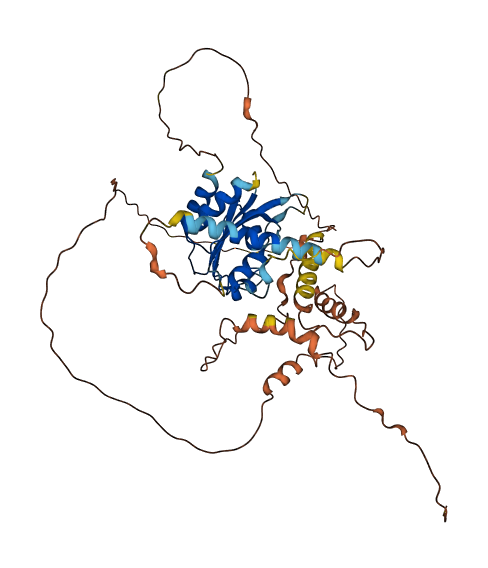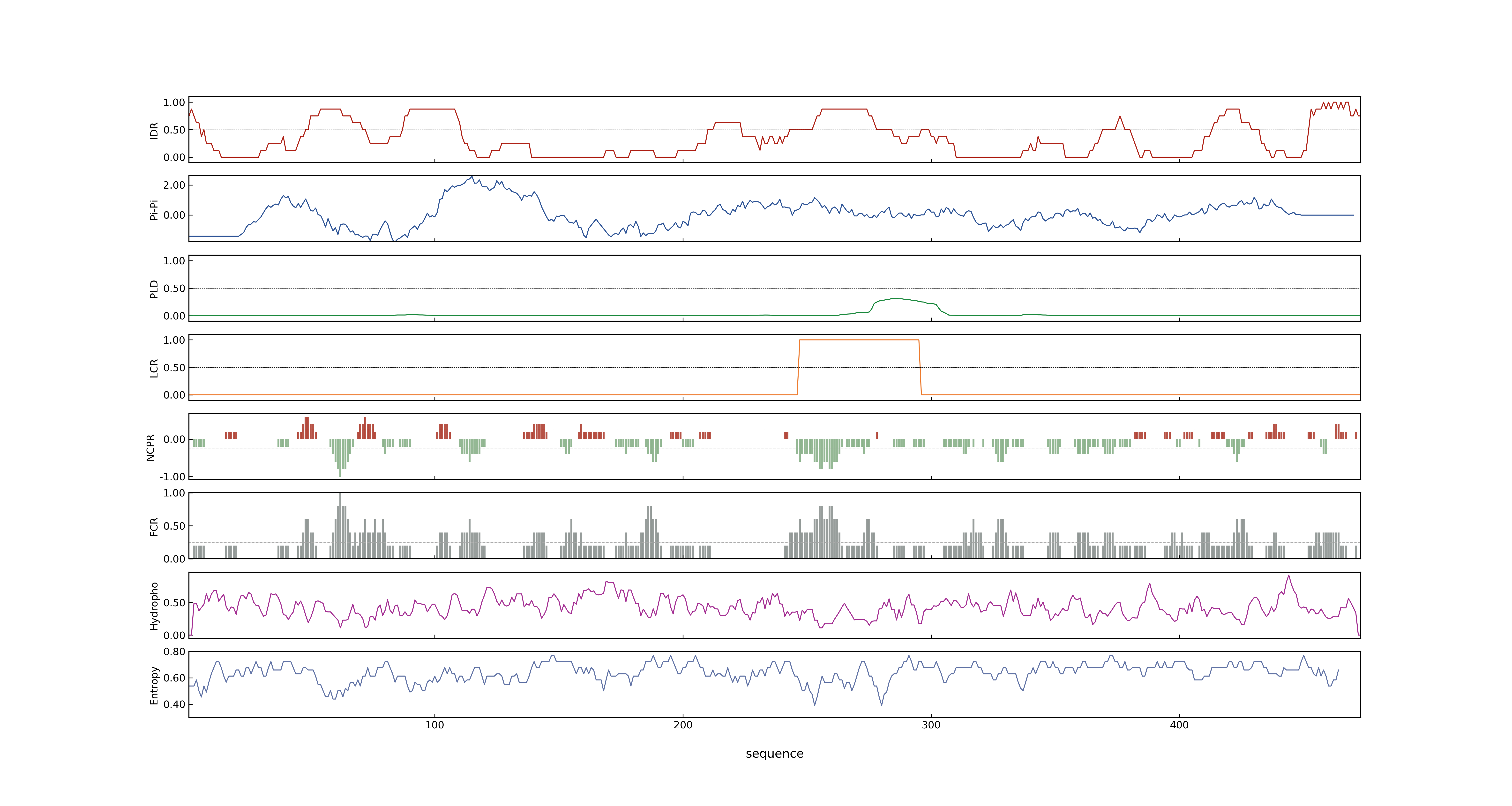- Information
- Symbol: Rc,qSD7-1,qPC7
- MSU: LOC_Os07g11020
- RAPdb: Os07g0211500
- PSP score
- LOC_Os07g11020.1: 0.5311
- PLAAC score
- LOC_Os07g11020.1: 0
- pLDDT score
- 58.24
- Protein Structure from AlphaFold and UniProt
- MolPhase score
- LOC_Os07g11020.1: 0.90592813
- MolPhase Result
- Publication
- Association between seed dormancy and pericarp color is controlled by a pleiotropic gene that regulates abscisic acid and flavonoid synthesis in weedy red rice, 2011, Genetics.
- Characterization and mapping of a shattering mutant in rice that corresponds to a block of domestication genes, 2006, Genetics.
- Inference of the japonica rice domestication process from the distribution of six functional nucleotide polymorphisms of domestication-related genes in various landraces and modern cultivars, 2008, Plant Cell Physiol.
- The Rc and Rd genes are involved in proanthocyanidin synthesis in rice pericarp, 2007, Plant J.
- The molecular basis of white pericarps in African domesticated rice: novel mutations at the Rc gene, 2010, J Evol Biol.
- Global dissemination of a single mutation conferring white pericarp in rice, 2007, PLoS Genet.
- Caught red-handed: Rc encodes a basic helix-loop-helix protein conditioning red pericarp in rice, 2006, Plant Cell.
- A natural mutation in rc reverts white-rice-pericarp to red and results in a new, dominant, wild-type allele: Rc-g, 2008, Theor Appl Genet.
- Genbank accession number
- Key message
- The locus sh-h for shattering was tightly linked to the Rc locus conferring red pericarp, as well as a QTL qSD(s)-7-1 for seed dormancy, implying that this region might represent a domestication block in the evolutionary pathway of rice
- This research delimited qSD7-1/qPC7 to the Os07g11020 or Rc locus encoding a basic helix-loop-helix family transcription factor by intragenic recombinants and provided unambiguous evidence that the association arises from pleiotropy
- The breaking tensile strength (BTS) of the grain pedicel was measured using a digital force gauge to evaluate the degree of shattering of rice varieties at 5, 10, 15, 20, 25, 30, 35, and 40 days after heading (DAH)
- Rc is a domestication-related gene required for red pericarp in rice (Oryza sativa)
- The association was linked to qSD7-1/qPC7, a cluster of quantitative trait loci for seed dormancy/pericarp color in weedy red rice
- Here, we examined three more FNPs in two domestication-related genes involved in pigment synthesis during the development of seed pericarp color (Rc and Rd) in 91 landraces (and some modern cultivars) of japonica rice collected from throughout the area of distribution of rice
- The Rc locus regulates pigmentation of the rice bran layer, and selection for the rc allele (white pericarp) occurred during domestication of the crop
- A natural mutation in rc reverts white-rice-pericarp to red and results in a new, dominant, wild-type allele: Rc-g
- Brown-colored seeds were obtained from transgenic plants by the introduction of a gene containing the basic helix-loop-helix (bHLH) motif, demonstrating that the Rc gene encodes a bHLH protein
- In some cases, white pericarps in African rice are apparently caused by unique mutations at the Rc gene, which also controls pericarp colour variation in Asian rice
- The molecular basis of white pericarps in African domesticated rice: novel mutations at the Rc gene
- The dormancy effect could be eliminated by a heat treatment, but could not be completely overcome by gibberellic acid or physical removal of the seed maternal tissues
- A little less than one Mb of japonica DNA hitchhiked with the rc allele into most indica varieties, suggesting that other linked domestication alleles may have been transferred from japonica to indica along with white pericarp color
- By sequencing the Rc locus in plants derived from red seeds, and linkage analysis in a segregating population, we were able to demonstrate that mutation within rc resulted in the new, dominant, wild-type allele Rc-g
- RT-PCR experiments confirmed that the Rc gene was expressed in both red- and white-grained rice but that a shortened transcript was present in white varieties
- The Rc and Rd genes are involved in proanthocyanidin synthesis in rice pericarp
- In this model, the critical role of the Rc FNP at an early step of the domestication process was highlighted
- Here we report that the change from the red seeds of wild rice to the white seeds of cultivated rice (Oryza sativa) resulted from the strong selective sweep of a single mutation, a frame-shift deletion within the Rc gene that is found in 97
- Caught red-handed: Rc encodes a basic helix-loop-helix protein conditioning red pericarp in rice
- Connection
- OsCPL1~sh-h, Rc~qSD7-1~qPC7, Characterization and mapping of a shattering mutant in rice that corresponds to a block of domestication genes, The locus sh-h for shattering was tightly linked to the Rc locus conferring red pericarp, as well as a QTL qSD(s)-7-1 for seed dormancy, implying that this region might represent a domestication block in the evolutionary pathway of rice
- Kala4, Rc~qSD7-1~qPC7, The Birth of a Black Rice Gene and Its Local Spread by Introgression., Both the Rc and Kala4 genes activate upstream flavonol biosynthesis genes, such as chalcone synthase and dihydroflavonol-4-reductase, and downstream genes, such as leucoanthocyanidin reductase and leucoanthocyanidin dioxygenase, to produce the respective specific pigments
Prev Next

